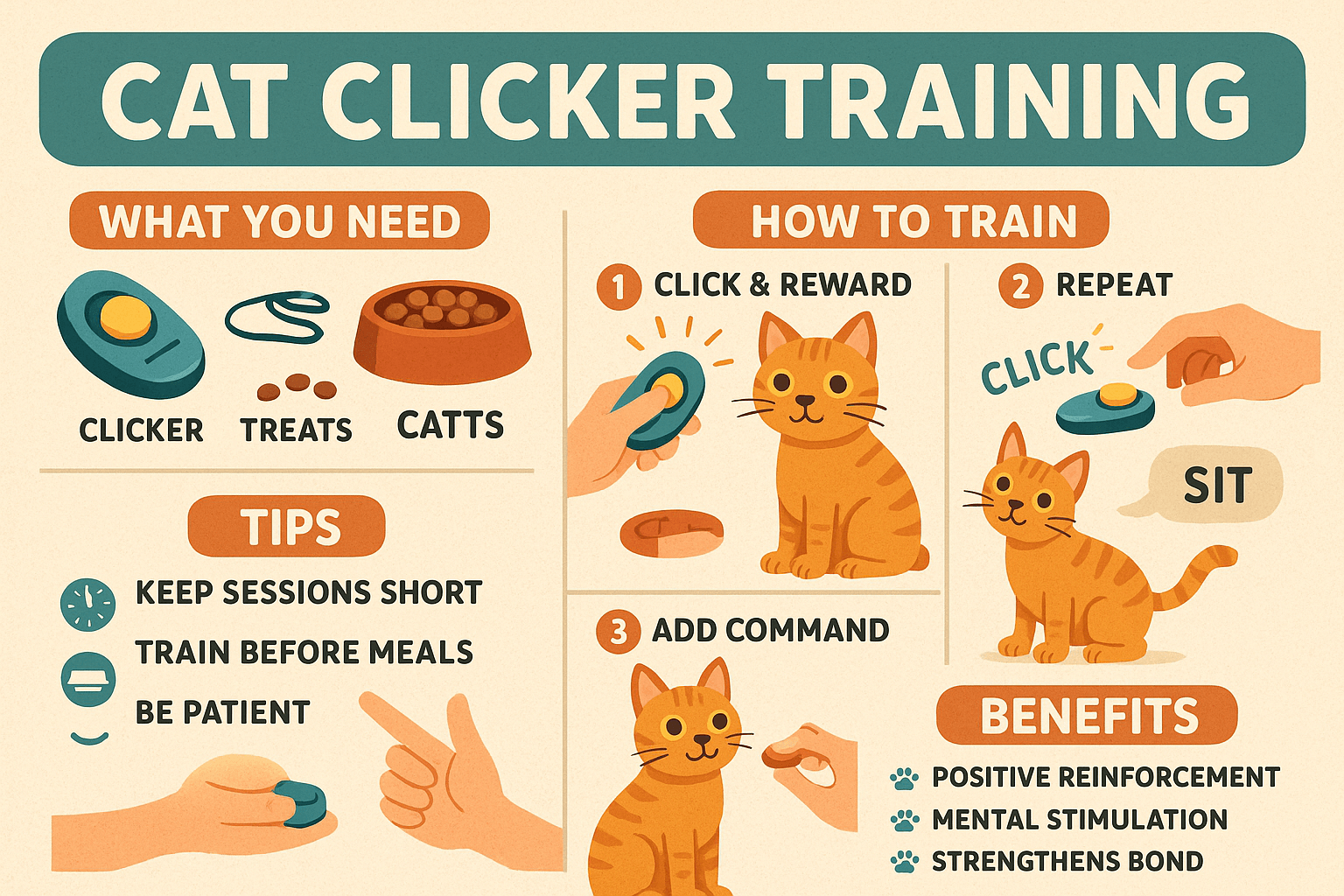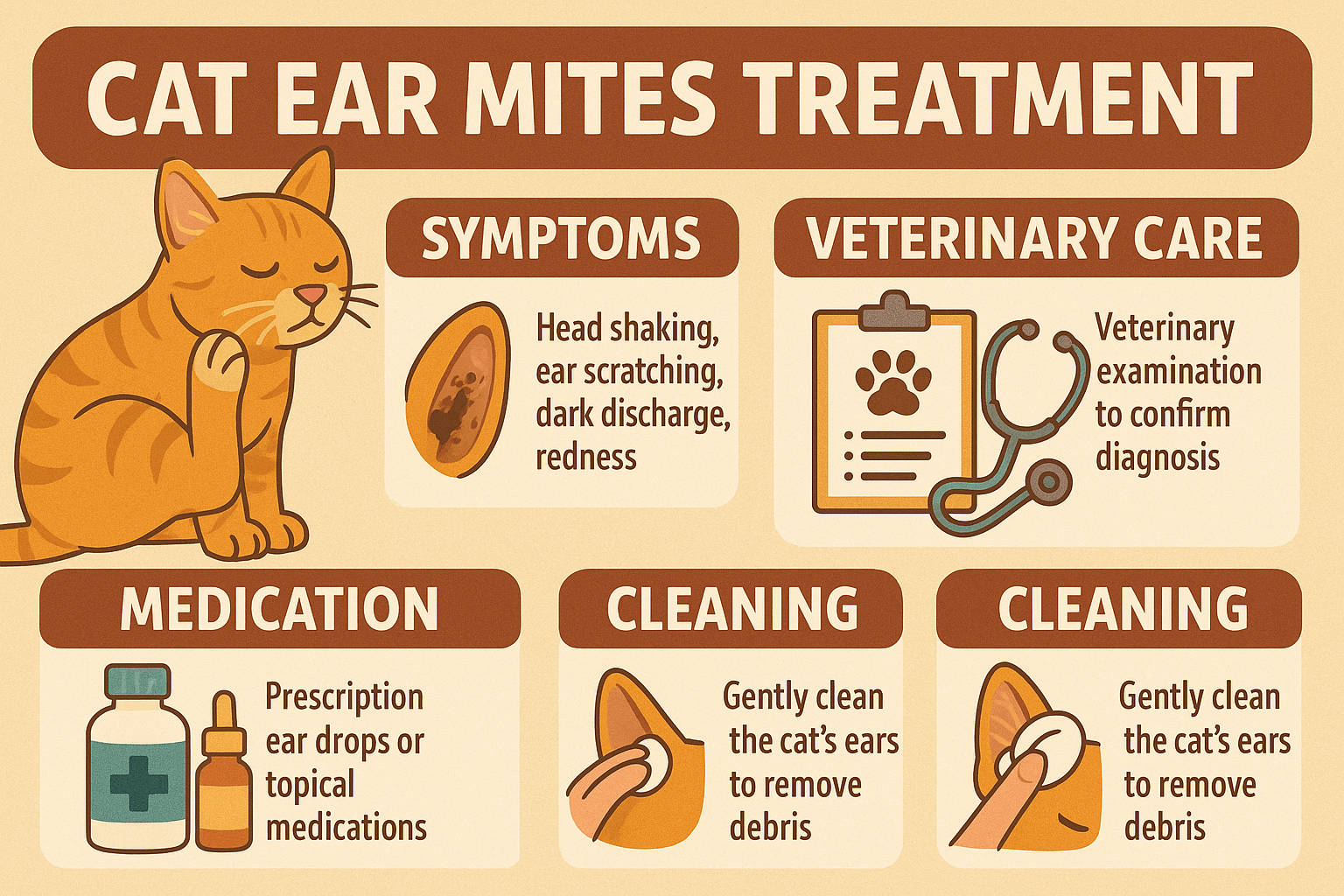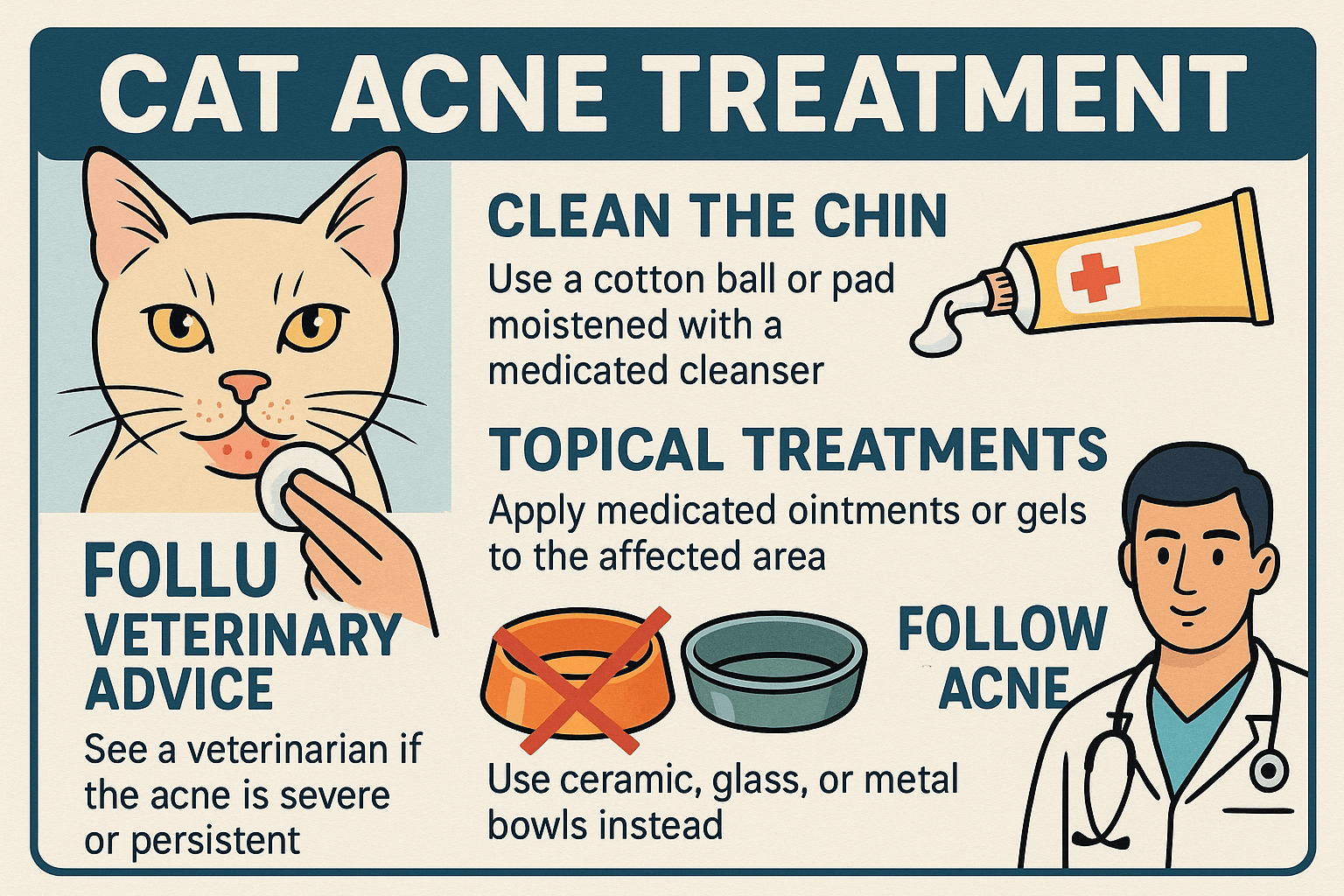Can You Potty Train a Cat?
When it comes to pet training, cats are often underestimated. Most people associate potty training with dogs, but did you know that cats can also be trained to use the toilet? While it might sound like a daunting task, potty training a cat is entirely possible with patience, consistency, and the right approach. Whether you’re tired of cleaning litter boxes or simply want to try something new, teaching your feline friend to use the toilet can be a rewarding experience for both of you.
In this blog post, we’ll explore everything you need to know about potty training your cat, from step-by-step instructions to tips for success. Let’s dive in and discover if this innovative training method is right for your furry companion!
Expert Insight
“Most adult cats will naturally seek out a sandy, granular place to eliminate, but young kittens might need a little help figuring out proper litter box habits.”
Benefits of Potty Training Your Cat
Potty training your cat offers several advantages that go beyond just eliminating the need for a litter box. Here are some compelling reasons to consider making the switch.
No More Litter Box Hassles:
Say goodbye to scooping, refilling, and dealing with unpleasant odors. A potty-trained cat eliminates the need for a traditional litter box.Improved Hygiene:
Using the toilet reduces the risk of spills, tracking litter around the house, and bacterial buildup associated with litter boxes.Cost Savings Over Time:
Once your cat is potty trained, you’ll no longer need to purchase litter, which can add up over time.Environmental Benefits:
Reducing litter use contributes to less waste and a smaller environmental footprint.Bonding Opportunity:
The process of training your cat strengthens your relationship and builds trust through positive reinforcement.
By embracing potty training, you can enjoy a cleaner, more sustainable lifestyle while enhancing your bond with your cat.

Step-by-Step Guide to Potty Training Your Cat
Training your cat to use the toilet requires a gradual approach and plenty of patience. Follow these steps to set your cat up for success.
Start with a Litter Box Near the Toilet:
Place your cat’s litter box next to the toilet to help them get used to the new location.Gradually Raise the Litter Box:
Increase the height of the litter box by placing it on books or a sturdy platform until it’s level with the toilet seat.Transition to a Toilet-Mounted Litter Tray:
Replace the litter box with a shallow tray that fits securely on the toilet seat, filled with litter.Introduce Water Gradually:
Reduce the amount of litter while adding water to the tray, helping your cat adjust to the sensation of using the toilet.Remove the Tray Completely:
Once your cat is comfortable, remove the tray entirely and encourage them to use the toilet without assistance.
With consistent effort and encouragement, your cat can successfully make the transition to using the toilet.
Check this guide 👉Why Did My Cat Stop Pooping in the Litter Box? Best 7 Tips!
Check this guide 👉Can You Flush Cat Poop? Best 7 Expert Tips!
Check this guide 👉White Dots in Cat Poop: Best 7 Health Tips!
Advantages of Potty Training | Challenges to Consider |
|---|---|
Eliminates the need for a litter box | Requires significant time and patience |
Reduces odors and messes | Not suitable for all cats (e.g., seniors) |
Cost-effective in the long run | Risk of accidents during training |
Environmentally friendly | May cause stress for some cats |
Strengthens the human-cat bond | Limited portability when traveling |
Tips for Successful Potty Training
To ensure a smooth training process, keep these practical tips in mind. They’ll help you address common challenges and set realistic expectations.
Choose the Right Cat:
Younger, adaptable cats are typically better candidates for potty training than older or health-compromised ones.Be Patient and Consistent:
Training can take weeks or even months. Stick to a routine and avoid rushing the process.Use Positive Reinforcement:
Reward your cat with treats, praise, or playtime whenever they use the toilet correctly.Monitor Progress Closely:
Watch for signs of stress or confusion, and adjust your approach as needed to keep your cat comfortable.Clean Accidents Thoroughly:
If your cat has an accident, clean it immediately to prevent them from associating the area with elimination.
By following these tips, you can create a supportive environment that encourages your cat’s success.
Common Challenges and How to Overcome Them
Potty training a cat isn’t always straightforward, and you may encounter obstacles along the way. Here’s how to handle common challenges effectively.
Resistance to Change:
Some cats may resist moving their litter box or adapting to the toilet. Introduce changes slowly to minimize stress.Fear of the Toilet Seat:
Cats may feel uneasy about the open space or water. Use a secure litter tray and provide reassurance during transitions.Slipping or Falling:
Ensure the toilet seat is stable and non-slip to prevent accidents that could scare your cat.Reverting to Old Habits:
If your cat starts using inappropriate areas, revisit earlier stages of training to reinforce correct behavior.Health Issues:
Sudden behavioral changes may indicate underlying health problems. Consult your vet if your cat shows signs of discomfort.
Addressing these challenges proactively can help you maintain progress and achieve your training goals.
Signs Your Cat Is Ready for Potty Training
Not all cats are ready to embrace potty training right away. Look for these signs to determine if your cat is prepared to take the leap.
Comfort with Change:
Cats that adapt easily to new environments or routines are more likely to succeed in potty training.Strong Litter Box Habits:
A cat that consistently uses the litter box is already demonstrating good elimination habits, making training easier.Curiosity About the Toilet:
If your cat shows interest in the toilet or watches you use it, they may be intrigued and open to learning.Good Physical Health:
Healthy, agile cats are better equipped to balance on the toilet seat and follow training steps.Positive Response to Rewards:
Cats motivated by treats or praise are ideal candidates for reward-based training methods.
Recognizing these traits helps ensure your cat is ready for the challenge ahead.
Alternatives to Traditional Potty Training
If full potty training seems too ambitious, there are alternative solutions that still reduce reliance on litter boxes.
Self-Cleaning Litter Boxes:
Invest in automated litter boxes that minimize maintenance and odor.Litter Mats and Trays:
Use mats designed to catch stray litter and keep floors cleaner.Odor-Neutralizing Products:
Incorporate sprays or powders that eliminate litter box smells naturally.Outdoor Access:
For cats that enjoy going outside, supervised outdoor time can provide opportunities for natural elimination.Biodegradable Litter Options:
Switch to eco-friendly litters that break down more easily and reduce waste.
These alternatives offer practical ways to simplify cat care without committing to full potty training.
How to Handle Setbacks During Training
Setbacks are a normal part of any training process. Here’s how to manage them effectively and keep moving forward.
Stay Calm and Patient:
Reacting negatively to accidents can discourage your cat. Remain calm and focus on positive reinforcement.Reevaluate Your Approach:
If progress stalls, consider adjusting your training method or timeline to better suit your cat’s needs.Provide Extra Comfort:
Offer cozy spaces and familiar scents to reassure your cat during stressful moments.Avoid Punishment:
Never punish your cat for mistakes; this can damage trust and hinder progress.Seek Professional Guidance:
If you’re struggling, consult a veterinarian or animal behaviorist for personalized advice.
By addressing setbacks constructively, you can overcome obstacles and continue building toward success.
Frequently Asked Questions About Potty Training Cats
Is potty training safe for my cat?
Yes, potty training is generally safe for healthy cats, but it may not be suitable for seniors or cats with mobility issues.
How long does it take to potty train a cat?
The process can take anywhere from a few weeks to several months, depending on your cat’s personality and adaptability.
What if my cat refuses to use the toilet?
Revert to earlier stages of training, offer encouragement, and consult a professional trainer if needed.
Can all cats learn to use the toilet?
While most cats can be trained, some may struggle due to age, health, or temperament.
Do I need special equipment for potty training?
A gradual training system, such as a litter tray that fits on the toilet, can make the process easier.
Embracing the Journey of Potty Training Your Cat
Potty training your cat is a unique and rewarding endeavor that showcases their intelligence and adaptability. While it requires dedication and patience, the benefits—such as improved hygiene, cost savings, and a stronger bond—are well worth the effort. By understanding your cat’s needs, addressing challenges with care, and celebrating small victories along the way, you can create a harmonious environment where both you and your feline friend thrive. Remember, every cat is different, so tailor the process to suit their personality and pace. With love and persistence, you might just find yourself amazed at what your cat can achieve!
Cat Clicker Training: Best 7 Expert Tips! Discover how to train your cat using clicker techniques, improve behavior, and strengthen your bond with simple, effective strategies.
Lorem ipsum dolor sit amet, consectetur adipiscing elit. Ut elit tellus, luctus nec ullamcorper mattis, pulvinar dapibus leo.
Cat Ear Mites Treatment: Best 7 Expert Tips! Discover effective solutions to treat and prevent ear mites in cats, ensuring your pet's comfort and health with expert advice.
Cat Acne Treatment: Best 7 Expert Tips! Discover effective remedies, prevention strategies, and expert advice to treat and manage feline acne for a healthier, happier cat.




